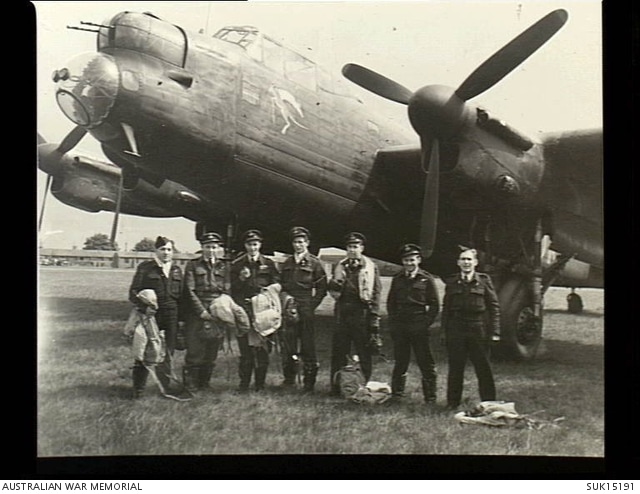On this night 80 years ago, the path of the Second World War was altered as Britain’s Royal Air Force released their newest weapon – the ‘bouncing bomb’ – on Germany’s industrial centre.
Thirteen Australian airmen were involved in Operation Chastise, or the Dambusters Raid as it would later be known. On 16 May 1943, Bomber Command 617 set their sights on three dams in the Ruhr Valley which supplied industrial works.
In a ground-breaking engineering feat, the bombs released on the Sorpe, Elder and Möhne dams had the ability to bounce along the water’s surfaces before sinking and exploding. Designed to skip over torpedo nets and with a backwards spin that allowed the bombs a clean flight to remain on target, they proved to be an efficient weapon.
Commemorating 80 years since the unprecedented raid, the Australian War Memorial has unveiled the Sorpe Dam 3D model that helped pilots and aircrew become accustomed to their targets ahead of the mission.
Australian War Memorial director, Matt Anderson, says they have the three original models for the targets in their collection. The Sorpe Dam is to be displayed for the first time in the new Anzac Hall, alongside a German commemorative copper plaque from one of the towers of the Möhne Dam and Avro Lancaster ‘G’ for George.
The mission carried out with Lancasters was a high-risk one, with the planes flying at just 18 metres altitude while travelling 370km per hour. Of the 19 aircrafts that set out, eight were lost with 53 aircrew on board.
“The ingenuity required to breach the dams was surpassed only by the skill and courage of the crews chosen to undertake the daring raid,” Mr Anderson says.
Senior historian, Lachlan Grant, says that for the 10,000 Australians who served in Bomber Command, it was statistically one of the most dangerous places for Australians during WWII. Of the 13 Australian airmen, there were four pilots involved in the mission, which Mr Grant says came at a much-needed moment in the war efforts.
“The Dambusters Raid boosted morale in Britain and the Commonwealth at a time when things were not going well,” he says.
One of these Australian pilots was David Shannon, who was just 20 years old and an already decorated veteran on that May evening. His target was the Möhne Dam, which he saw was successfully breached, before moving on to the Eder Dam and was awarded the Distinguished Service Order (DSO) for his part.
Continuing efforts throughout the remainder of the war, Squadron Leader Shannon, known as one vital member of the squadron, received two more DSO awards. He completed 69 operations with the squadron before leaving and dropping rank to fly in Transport Command.
Squadron Leader David Shannon’s uniform, medals and the Möhne Dam model help tell the story of the Dambusters in the Second World War galleries. The Roll of Honour remembers more than 4,100 Australians who served and lost their lives in Bomber Command.
Learn more about Australia’s contribution to war and peacetime missions at the Australian War Memorial, open 10am-5pm every day except Christmas; awm.gov.au
Canberra Daily would love to hear from you about a story idea in the Canberra and surrounding region. Click here to submit a news tip.



